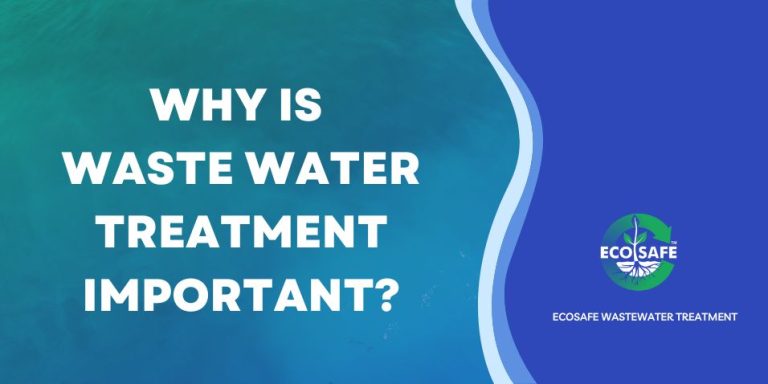Some Ideas on Reclaim Waste You Need To Know
Some Ideas on Reclaim Waste You Need To Know
Blog Article
Getting The Reclaim Waste To Work
Table of ContentsThe Ultimate Guide To Reclaim Waste10 Simple Techniques For Reclaim WasteReclaim Waste Fundamentals Explained3 Simple Techniques For Reclaim WasteThe 6-Second Trick For Reclaim Waste
Check out the types, incidents, and kinds of liquid waste. Residential sewage waste describes the waste and items from a property septic system. This kind of waste is produced by people in houses, schools, and other buildings. This only consists of septic containers that have a drain field. The proper administration and disposal of residential sewer waste call for liquid waste to be transferred to a sewer therapy plant where the proper techniques and devices are related to purify and take care of waste.
Commercial waste commonly includes possible hazards, such as flammable products or a mixture of liquid and strong waste items, and needs an advanced and detailed disposal procedure. The disposal of industrial waste normally involves the filtering of waste prior to transportation to make sure secure and appropriate disposal. Hazardous waste is produced from byproducts and drainage of commercial procedures and manufacturing.
This type of waste can not utilize the very same sewer administration transport or procedures as septic or commercial fluids. The industrial waste monitoring process calls for the evaluation and screening of fluid waste prior to it undergoes the disposal process (liquid waste removal). Overflow waste is the fluid waste that originates from runoff and excess stormwater in very populated areas or cities
Overflow waste can cause contamination and flooding if not handled properly. Making certain proper waste monitoring can avoid calamities and minimize environmental damage.
Our Reclaim Waste Statements
Get in touch with PROS Providers today to find out about our waste administration and disposal services and the correct methods to care for the liquid waste you generate.
(https://trello.com/w/reclaimwaste1/)This supposed 'wastewater' is not just an important source however, after treatment, will be launched to our land, rivers or the sea. Used water from commodes, showers, baths, kitchen sinks, laundries and commercial procedures is recognized as wastewater.

water utilized to cool machinery or clean plant and equipment). Stormwater, a type of wastewater, is overflow that flows from farming and city areas such as roof coverings, parks, gardens, roads, paths and gutters right into stormwater drains pipes, after rainfall. Stormwater moves without treatment directly to neighborhood creeks or rivers, at some point getting to the ocean.
Reclaim Waste Fundamentals Explained
In Queensland, most wastewater is dealt with at sewer therapy plants. Wastewater is moved from residential or commercial sites with a system of sewers and pump terminals, known as sewage reticulation, to a sewer therapy plant.
The Division of Natural Resources advises neighborhood federal governments regarding managing, operating and maintaining sewage systems and treatment plants. In unsewered areas, city governments might need homeowners to install private or house sewage therapy systems to deal you could try this out with residential wastewater from bathrooms, cooking areas, restrooms and laundries. The Division of Natural Resources authorises using house systems when they are verified to be efficient.
Many stormwater gets no therapy. In some brand-new subdivisions, treatment of some stormwater to get rid of litter, sand and gravel has actually begun utilizing gross contaminant traps. Wastewater treatment happens in 4 phases: Eliminates solid issue. Larger solids, such as plastics and other objects wrongly released to sewage systems, are eliminated when wastewater is travelled through displays.
Makes use of small living microorganisms understands as micro-organisms to damage down and remove remaining liquified wastes and great bits. Micro-organisms and wastes are incorporated in the sludge.
What Does Reclaim Waste Mean?
Nutrient removal is not offered at all sewage therapy plants because it needs expensive specialised equipment. Clear fluid effluent generated after therapy might still have disease-causing micro-organisms - liquid waste removal.

The majority of wastewater flows into the sewerage system. Under the Act, regional governments administer authorizations and permits for ecologically pertinent tasks (Ages) involving wastewater launches that may have a local effect.
Reclaim Waste Things To Know Before You Get This
Surveillance supplies factual information concerning water quality and can confirm that licence conditions are being fulfilled. The info acquired with monitoring provides the basis for making water high quality choices.
Report this page